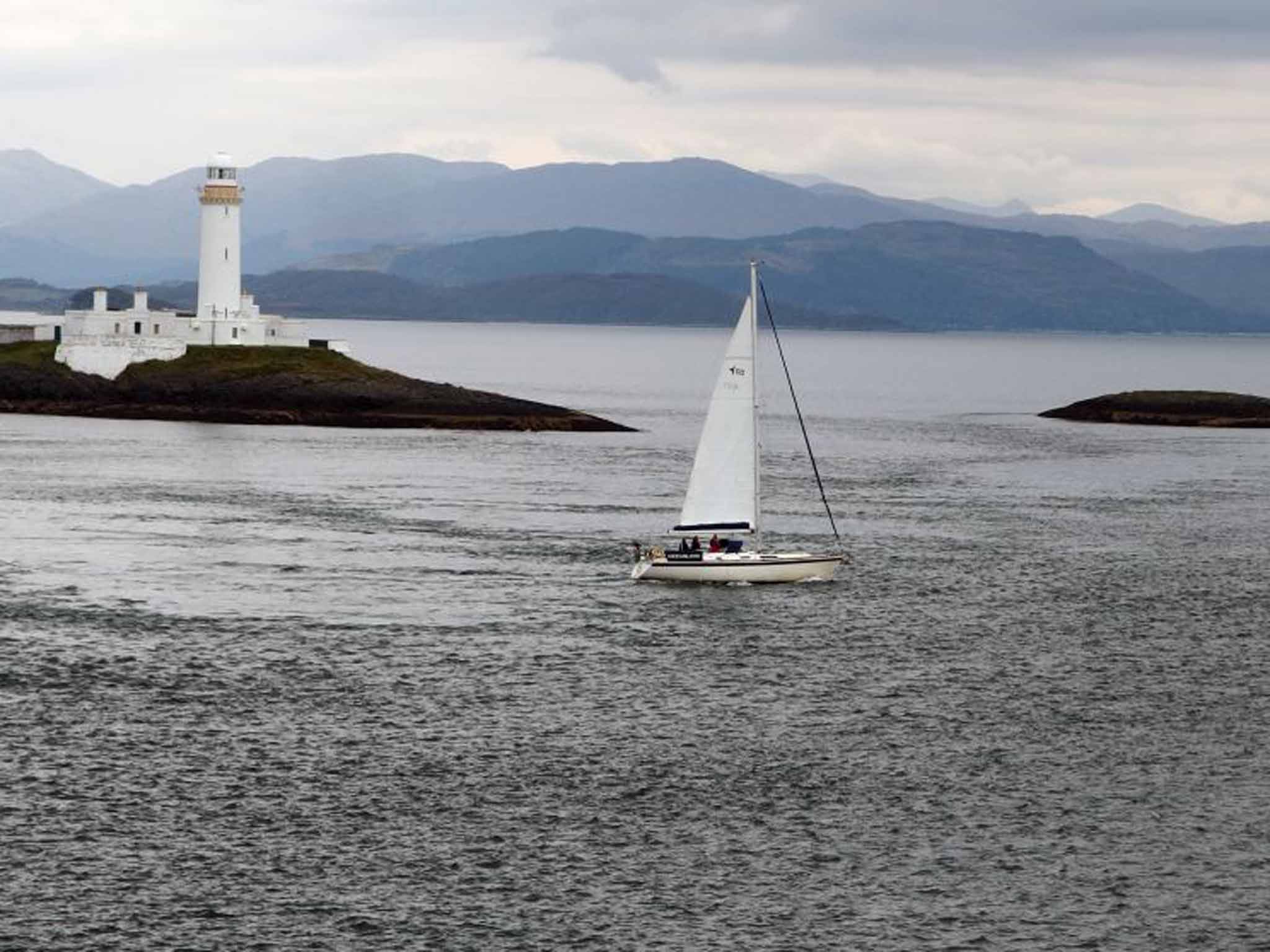How to get to Iona: Cheap tickets, car hire, and Mull's impressive crime rate
The man who pays his way

Iona is not the edge of the world: the Outer Hebrides are strewn even further from mainland Scotland than this fragment of ancient rock rising from the steely Atlantic. In the poetic geography of the Western Isles Iona is a mere comma. Yet for many travellers, the island represents the edge of Heaven. It was the cradle of Christianity for Scotland and northern England after St Columba and his followers settled here from Ireland. The ruins of the 13th-century nunnery are augmented by a 19th-century abbey attached to Columba's shrine. Today, Iona remains a place of pilgrimage and contemplation for both committed Christians and souls seeking to define their spirituality. Even if you arrive with nothing very profound to declare, it is an inspiring location: an island off an island (Mull) off an island (Britain). And whatever your beliefs, Iona's lonely hills and corrugated shore provide a fresh perspective on the planet.
Commensurate with its splendid isolation, Iona is one of Britain's trickier places to reach. From London it took me 10 hours and entailed a train to Stansted airport, a flight to Glasgow, a spirited taxi ride to Dumbarton, for the train to Oban (miss it and there's a four-hour wait), a ferry to Craignure on Mull, and a rental car for the beautiful 37-mile drive to Fionnphort, at the Island's far end for the 4pm ferry to Iona
Anyone familiar with the terrain may wonder why I didn't do the obvious thing and rent a car at Glasgow airport, instead of messing about with taxis and trains. Aesthetically, it was to enjoy the West Highland line, north-west from Dumbarton, which curves around loch shores and carves through mighty scenery. Financially, it was to avoid the cost of taking a car on the Caledonian MacBrayne ferry from Oban to Mull.
“Calmac” won best ferry operator at this year's Independent Travel Awards, but compared with, say, cross-Channel prices its rates are high for the 45-minute voyage to Mull: £51 one-way for a car alone, with the driver and any passengers paying another £5.65 each. It works out cheaper to wait until you reach Mull before picking up a rental car. Yet had I waited until Monday, when Calmac's winter timetable takes effect, the finances would be turned on their head. The car fare falls by almost three-quarters, to just £13, with each person paying only £3.45. And even though tourists can't take cars to Iona, the passenger fare falls from £5.20 to £3.30.
They're not calling it a “super saviour” ticket, but I am.
Treasure islands
You might imagine that this price cut is to spur demand in winter, when even the most devoted traveller would agree that the long nights and unpredictable weather make the wild west of Scotland less appealing. But the same cheap tickets will prevail right through next summer and forever more (or until the Scottish government changes its mind).
The aim is commendable in theory: to charge no more than it would cost to cover the equivalent distance by road, ensuring even distant communities feel connected to the rest of the country. Some Calmac ferry fares are already calculated according to the “road equivalent tariff,” and from Monday, they will all be.
Travellers naturally welcome sharply lower fares. But come next summer, I worry about the effects on these treasured islands. Until now, high-season fares have kept the lid on demand – which is particularly important for islands such as Mull, where the extensive road network is almost entirely single track. Cut prices by 75 per cent and you unleash a surge in demand – with the only limiting factor being the number of vehicles that can be squeezed aboard the good (but concise) ship Isle of Mull.
While the travel industry has moved towards demand-based pricing, where the fare rises along with the number of prospective buyers, Scotland's ferries are sailing in the opposite direction. Go now, before ill-tempered queues start to form.
Crime is Mull and void
“So what do I do about the keys,” I asked Billy from Mull Car Hire when I picked up the Toyota (which I think comprises his entire fleet) from the port.
“Leave them in the ignition with the door unlocked,” he responded. Then, noting my expression of disbelief, he added: “There's no crime on Mull.”
I returned to Craignure more slowly than planned, due to the single-track roads. Billy had asked me to refuel at the service station next to the port, but by the time I arrived it was a choice between catching the 3pm ferry or filling up and waiting another two hours. So, I left a £20 note in the glove compartment and prayed it would: (a) still be there when the car was collected; and (b) cover the cost. Which it was, and did.
Join our commenting forum
Join thought-provoking conversations, follow other Independent readers and see their replies
Comments
Bookmark popover
Removed from bookmarks